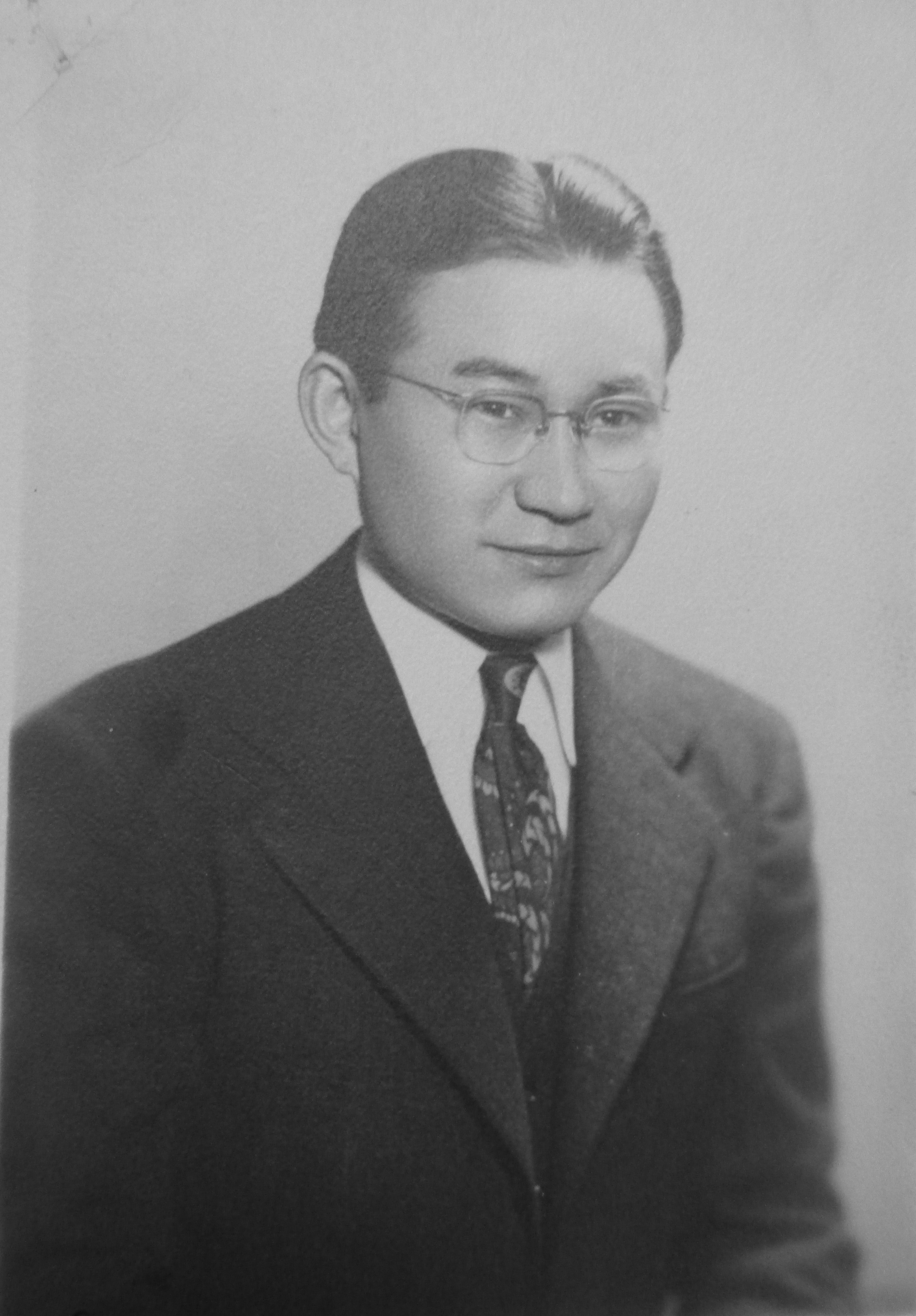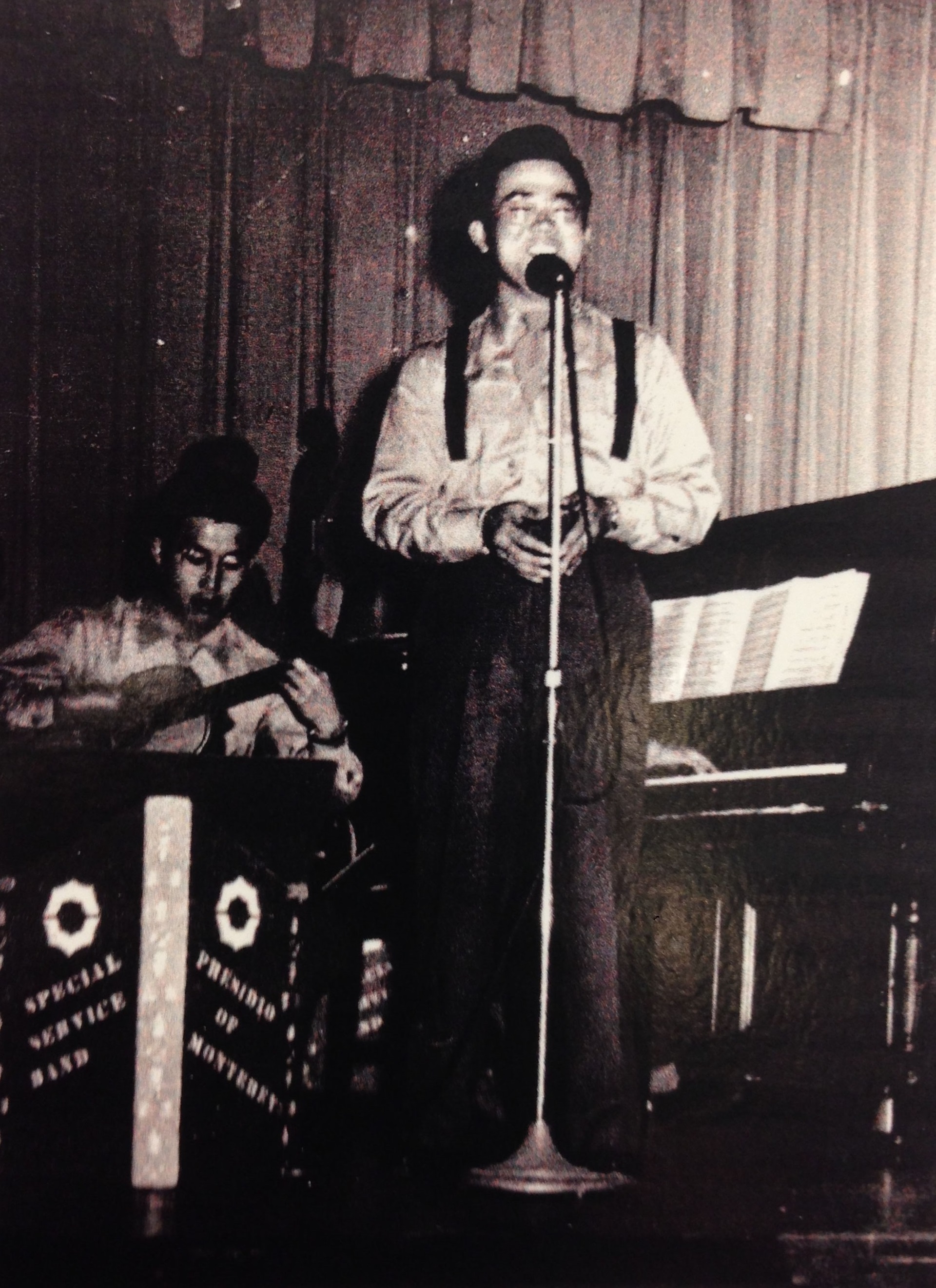Coming to College
 Not long after the Japanese American internment began, the U.S. government soon realized that incarcerating young, college-aged Nisei meant that the country would have seriously deprived of producing potential leaders of the Japanese American community and thus able citizens in the future. As a result, steps were swiftly taken to ensure the Nisei’s further education. The first passes to leave the camps were granted to students in the spring of 1942. To relocate from the camps to a college campus, Nisei students had to both prove their acceptance at a college and find a Caucasian sponsor. Over the course of the war, over 4,000 Japanese American students were able to leave the camps to pursue higher education.
Not long after the Japanese American internment began, the U.S. government soon realized that incarcerating young, college-aged Nisei meant that the country would have seriously deprived of producing potential leaders of the Japanese American community and thus able citizens in the future. As a result, steps were swiftly taken to ensure the Nisei’s further education. The first passes to leave the camps were granted to students in the spring of 1942. To relocate from the camps to a college campus, Nisei students had to both prove their acceptance at a college and find a Caucasian sponsor. Over the course of the war, over 4,000 Japanese American students were able to leave the camps to pursue higher education.
This was made possible, owing much to the efforts of the National Japanese American Student Relocation Council (NJASRC), an entity largely operated by the American Friends Society — more commonly known as the Quakers. The NJASRC was organized at the behest of WRA director Milton Eisenhower, who was concerned about the future leadership of the Japanese American community. Officially, the NJASRC was founded on May 5th, 1942. The newly established NJASRC had two offices — one on the East Coast, located in Philadelphia, and one on the West Coast, located in San Francisco. These two offices, organized rather independently of one another, took different approaches to relocating students. The East Coast office, headed by the president of Swarthmore College John Nason, was always in close cooperation with the WRA and the military, which often slowed their efforts considerably due to bureaucracy. In contrast, the West Coast office, led by Thomas Bodine and Trudy King, took a more radical approach to the resettlement, constantly skirting regulations and encouraging internee students to do the same. The WRA and military leaders, considering the good deeds by the “agreeable” East Coast office and the “problematic” relationships with the West Coast office, allowed the NJASRC to relocate a large number of students.
The early NJASRC was heavily influenced in many ways by the director of the East Coast office, John Nason, who was a Quaker and a fervent advocate for social justice. Prof. Bardwell Smith, a personal friend and a Nason scholar, said: “[Nason] became very disturbed at FDR’s decision to put Japanese American citizens in internment camps, and [he] was particularly disturbed by young men and women who were deprived of their college education because of this.” Nason went on to become one of the leaders of the early NJASRC. Once the East and West Coast offices consolidated into one in Philadelphia, Nason was chosen to chair the committee. As a result of his work, over 4,000 Nisei were able to enroll directly from the camps in colleges. Nason would later describe his success in relocating Nisei students as his proudest accomplishment.
Since most Niseis could not return to their colleges on the West Coast, some of them decided to attend colleges in the Midwest, including Minnesota. Although the University of Minnesota rejected Nisei college applicants due to its large ROTC program in the early war years, the willingness of many other Minnesotan institutions to enroll Nisei students attracted more than 300 students to the state, namely the Twin Cities area, making it only second to Chicago in its Nisei student population nationally. 22 institutions in Minnesota accepted Nisei students, in particular, those private liberal arts colleges, such as Bethel, Carleton, Concordia, Macalester, St. Catherine, and St. Olaf. The Minnesota community was generally accepting of these students, although housing discrimination was common. Still, many students thrived in their new environment and eventually decided to call Minnesota home.


References
Austin, Allan W. (2004). From concentration camp to campus: Japanese American students and World War II, Asian American experience. Urbana, IL: University of Illinois Press.
Densho: The Japanese American Legacy Project. [Website]. http://www.densho.org/
O’Brien, Robert W. (1949). The college nisei. Palo Alto, CA: Pacific Books.
